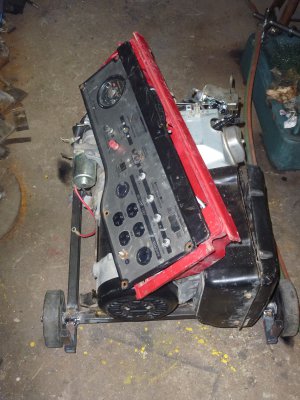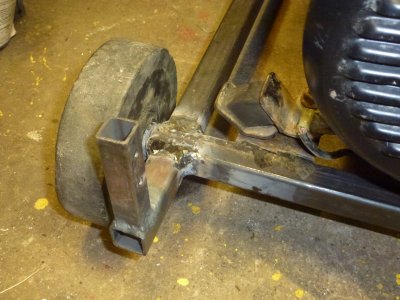- Joined
- Feb 13, 2017
- Messages
- 2,138
Diesel is best, the fuel does not go bad like gasoline does but is expensive. If you get an inverter type generator, make sure it is sine wave and not modified sine wave. in case you will be running electronics like a computer or CNC conversion.
Diesel is lower cost than gasoline. It's the physical plant that costs more. There are many other reasons for running a diesel plant. Just be sure to find an engine of known brand to your parts people.
There are ways to "adjust" the synthetic sine wave of an "inverter". Some electronics are sensitive, some are not. I have used an inverter short term with my splicing(fiber) machine with no ill effects because it used a "switching" supply. A motor load will not have any problem. A VFD possibly would. I personally do not like a synthetic sine wave plant. More personal taste than any real problem.
The simplest way to "adjust" a synthetic sine wave is to have a magnetic device across the line full time. Such as a transformer. However, the cost of a transformer of sufficient size is such that if the cost were added to that of an inverter, you could just buy a true sine wave machine from the "git go". Keep in mind that I am "old school". I won't go into "magnetic amplifiers" and "sensodynes", but that is how far back my knowledge base goes.
Your last post implies that you are good at "scrounging". If that is indeed the case, a transformer would alleviate any concerns about "quasi-sine wave" generators at little cost. The bottom line is that you would have no concerns about running a motor on most any supply. They are usually rated for 50-60 cycles anyway. It's the electronics that are of concern. If there are none, just run whatever plant you have.
.



